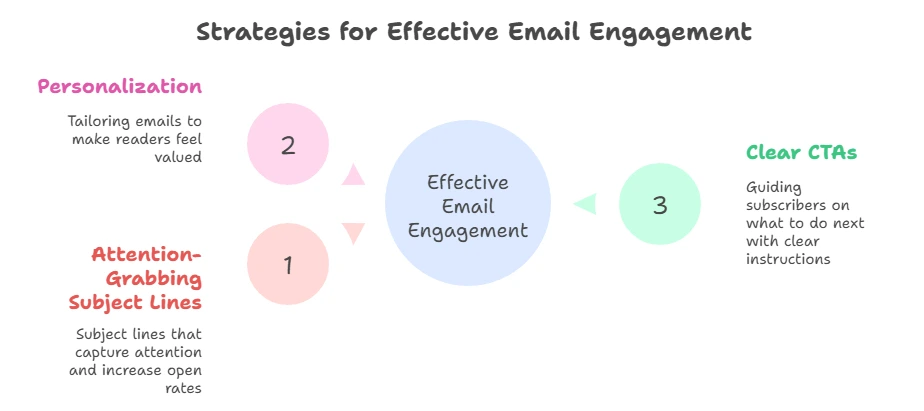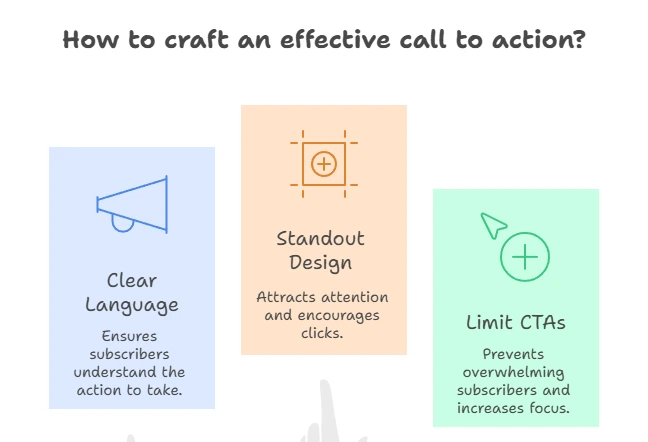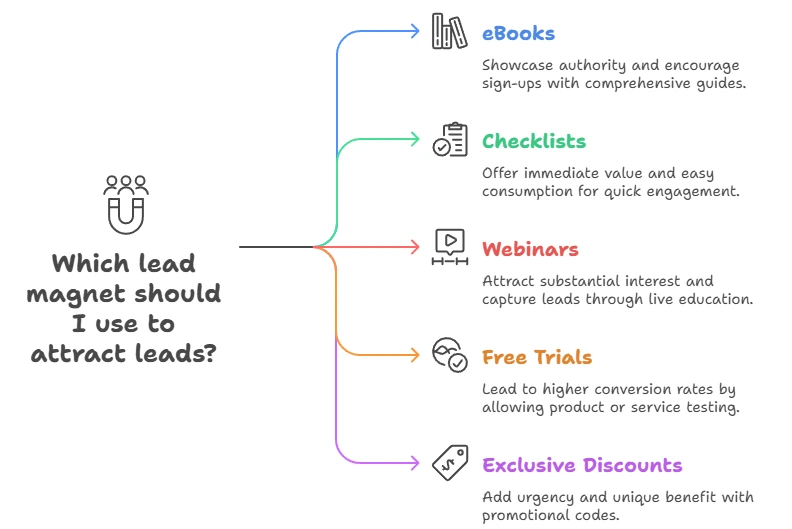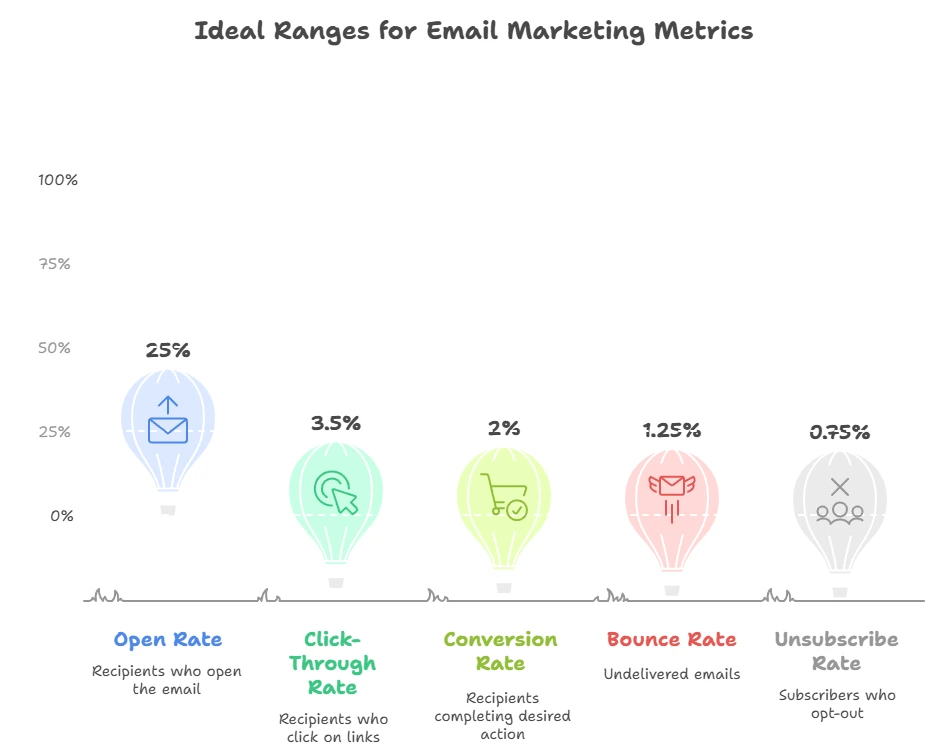
Creating an effective email list for affiliate marketing can greatly enhance your revenue. The key lies in building a targeted list that engages your audience and converts leads into sales. Here are essential strategies to help you construct a successful Affiliate Marketing Email List.
Understanding Your Target Audience
The first step in building an email list is to understand your target audience. Knowing their preferences, pain points, and interests will guide your content creation and marketing efforts. Consider these steps:
- Surveys and Polls: Send out surveys to gather insights about their interests.
- Segment Your List: Categorize your email list based on subscriber behavior and preferences.
- Analyze Past Engagement: Look at which types of emails received the most responses or clicks.
Personalize Your Emails
Personalization goes beyond just using the subscriber’s name. It’s about understanding their preferences, behaviors, and past interactions. Here’s how you can personalize your emails:
- Segment your list based on interests or purchase history.
- Use dynamic content to show different offers or messages based on user behavior.
- Send birthday or anniversary offers to make your subscribers feel special.
Optimize Your Subject Lines
Your subject line is your first impression, and it determines whether your email gets opened or ignored. Here are some tips for creating engaging subject lines:
- Keep it short and sweet; aim for 6-10 words.
- Use action-oriented language to drive clicks.
- Incorporate numbers and lists for a clear focus.
Creating Valuable Content
Your audience will only subscribe to your email list if they see value in what you offer. Create purposeful content that resonates with their needs. Here are some ideas:
- Sharing Tips and Tricks: Help your readers by providing actionable insights related to your niche.
- Writing Detailed Reviews: Offer honest assessments of the products you promote.
- Creating How-To Guides: Instructional content can greatly enhance engagement.
Engagement thrives on value. Always aim to offer something beneficial to your readers. Whether it’s informative articles, exclusive promotions, or useful tips, the content you share should resonate with your audience. Consider including:
- How-to guides that relate to your niche.
- Exclusive discounts or early access to new products.
- Industry news and updates that matter to them.
Offering Incentives to Subscribe
To encourage sign-ups, consider offering enticing incentives. Here’s a list of effective incentives you might consider:
- Exclusive access to limited-time offers.
- A free course or webinar relevant to your niche.
- Personalized content based on users’ interests.
Utilizing Opt-In Forms Effectively
Opt-in forms are crucial for capturing email addresses. Make sure your opt-in forms are easy to find and user-friendly. Here’s how to optimize them:
- Place forms on high-traffic pages like your homepage or blog posts.
- Use enticing call-to-action (CTA) phrases that prompt users to subscribe.
- Ensure the form is mobile-friendly to capture users on all devices.
Segmenting Your Email List
Once you’ve built your email list, segmentation is vital. By organizing subscribers based on their behavior and interests, you can send tailored content that improves conversion rates. Consider using categories like:
- Purchase History
- Engagement Level (active, inactive)
- Interests (specific product categories)
Crafting Compelling Email Content

Your emails should be engaging and valuable. Focus on creating quality content that drives action. Here are some tips:
- Use attention-grabbing subject lines to increase open rates.
- Personalize your emails to make readers feel valued.
- Include clear CTAs that guide subscribers on what to do next.
Engage with Interactive Content
Interactive content can significantly boost engagement. Incorporate elements like surveys, polls, and quizzes to encourage active participation. Some effective ways include:
- Asking your readers to vote on product selections.
- Quizzes related to your niche or interests.
- Encouraging feedback on previous email content.
Testing and Analyzing Performance
Regularly testing your email campaigns can provide insights into what works and what doesn’t. Utilize A/B testing by varying subject lines, content formats, and sending times. Analyze key performance metrics, including:
- Open rates
- Click-through rates
- Conversion rates
Finding what works best for your audience is key. A/B testing different elements of your email can yield valuable insights. Consider testing:
- Subject lines.
- Content layout and format.
- Different CTAs to see which performs better.
Maintain Consistent Communication
Set a regular schedule for your email campaigns. Consistency helps your subscribers know when to expect your emails, which fosters anticipation. Determine what frequency works best for your audience:
- Weekly newsletters.
- Monthly updates on promotions or news.
- Special event emails as needed.
Leveraging Social Media for Growth
Don’t underestimate the power of social media to grow your email list. Share links to your lead magnets and opt-in forms across your profiles. Consider creating engaging posts or ads that highlight the value of subscribing. Collaborate with influencers to extend your reach.
Staying Compliant with Regulations
When building your email list, complying with regulations like the GDPR and CAN-SPAM Act is essential. Ensure you:
- Obtain explicit consent from subscribers.
- Provide an easy way to unsubscribe.
- Clearly state how you will use their information.
Craft a Compelling Call to Action

A strong call to action (CTA) can significantly boost engagement. Here are proven strategies:
- Use clear, direct language that tells subscribers exactly what to do.
- Make the CTA stand out with contrasting colors or buttons.
- Limit the number of CTAs in each email to avoid overwhelming your readers.
Optimize for Mobile Devices
With more users checking emails on their smartphones, optimizing your emails for mobile is crucial. Consider these factors:
- Simple Layout: Keep your design clean and easy to navigate.
- Readable Fonts: Use large, legible fonts to facilitate easy reading.
- Test Before Sending: Always preview your emails on various devices.
Tracking Your Progress
Creating an Affiliate Marketing Email List is an ongoing process. Regularly track your growth and engagement rates to refine your strategies. Use analytics tools to monitor performance and adjust your approach accordingly.
Monitor and Analyze Engagement
Keep an eye on your email metrics to understand what’s working and what isn’t. Key metrics to track include:
- Open rates: To gauge interest in your subject lines.
- Click-through rates (CTR): To see how effective your content is.
- Unsubscribe rates: To identify any potential issues with your content.
For additional resources on optimizing your email marketing strategies, visit Mailchimp for tips on personalization and Constant Contact for tools to automate your campaigns.
The Role of Lead Magnets in Affiliate Marketing
Affiliate marketing relies heavily on building a strong email list, and lead magnets play a crucial role in this process. A lead magnet is an enticing offer designed to attract potential customers and convert them into subscribers. In the affiliate marketing arena, effective lead magnets not only enhance your email list but also set the stage for increased sales through strategic partnerships.
By offering something valuable upfront, such as an eBook, checklist, or exclusive content, you can encourage visitors to provide their email addresses. This strategy is vital because email marketing remains one of the highest ROI-generating channels. Statista reports that as of 2024, the average ROI for email marketing stands at $36 for every $1 spent. This demonstrates just how powerful a well-structured Affiliate Marketing Email List can be in affiliate marketing.

Here are some popular types of lead magnets that work effectively in affiliate marketing:
- eBooks: Comprehensive guides or tips that provide value to your audience can showcase your authority and encourage sign-ups.
- Checklists: Simple, actionable checklists offer immediate value and are easy to consume, making them a great choice.
- Webinars: Live sessions that educate users on relevant topics can attract substantial interest and capture leads effectively.
- Free Trials: Allowing potential customers to try products or services can lead to higher conversion rates for affiliates.
- Exclusive Discounts: Sharing promotional codes that are only available through your list adds a sense of urgency and a unique benefit.
When creating a lead magnet, it is essential to keep a few key points in mind:
- Know Your Audience: Understanding the needs and interests of your audience is crucial. Tailor your lead magnet to address their pain points.
- Quality Over Quantity: Focus on offering a valuable resource rather than trying to create multiple mediocre ones.
- Make It Visually Appealing: High-quality visuals can enhance the perceived value of your lead magnet, making it more attractive to potential subscribers.
- Easy Access: Ensure the process of obtaining the lead magnet is simple. Use clear calls-to-action (CTAs) to guide users.
Lead magnets are not just about collecting email addresses; they are part of a larger sales funnel. Once you have someone’s email through a lead magnet, you can nurture that relationship with regular, engaging content. According to Campaign Monitor, 74% of people prefer to receive promotional content through email. Your goal should be to convert that initial interest into a meaningful and profitable relationship.
Using an email marketing platform, such as Mailchimp or ConvertKit, can simplify the process of managing your email list. These platforms allow you to automate follow-ups, segment your audience, and track your campaign performance efficiently.
Furthermore, collaboration with relevant affiliate programs is essential. By promoting products that align with your audience’s interests, you can maximize the effectiveness of your lead magnets. For instance, if you have a health and wellness audience, partnering with companies that offer supplements or fitness equipment can yield better results.
Automation tools can further streamline this process. Tools like ActiveCampaign or GetResponse can deliver timely follow-ups based on user behavior, boosting engagement. Moreover, providing another lead magnet after sign-up can increase the chances of engagement and frequent sharing.
To see real results from your lead magnet efforts, it’s vital to test and optimize continuously. Monitor open rates, click-through rates, and conversion metrics. A/B testing different lead magnets and refining your approach based on what resonates with your audience is crucial. Adjusting elements such as the format, design, and delivery can make a significant difference in what attracts subscribers!
Lead magnets are the linchpin of Affiliate Marketing Email Lists, transforming visitors into loyal subscribers. By delivering clear value and maintaining an ongoing relationship, you can drive conversions and establish a long-term revenue stream. Implementing these strategies and connecting with the right affiliate programs can lead to a successful email marketing campaign. For more insights on effective affiliate marketing strategies, consider exploring Smart Passive Income or Affiliate Marketing Hub for comprehensive resources.
Analyzing Metrics: Measuring Your Email Campaign Success
Measuring the success of your email campaigns is essential for continuous improvement and maximizing your Affiliate Marketing Email List potential. With effective metrics, you can understand what resonates with your audience and refine your approach to better meet their needs. Here are some key metrics to analyze.
Open Rates
The open rate indicates the percentage of recipients who opened your email. This metric is crucial because it reflects the effectiveness of your subject lines and the overall engagement level of your audience. To improve open rates, consider the following strategies:
- Create compelling subject lines that spark curiosity.
- Test different sending times to see when your audience is most engaged.
- Segment your list to send more personalized emails.
Click-Through Rates (CTR)
Click-through rates measure the percentage of recipients who clicked on links within your email. A high CTR indicates that your content is engaging and relevant. To boost your CTR, try these tactics:
- Use eye-catching call-to-action (CTA) buttons.
- Ensure your content aligns with your audience’s interests.
- Implement A/B testing for content variations.
Conversion Rates
The conversion rate tells you how many recipients completed a desired action, like making a purchase through your affiliate link. This metric is the ultimate measure of success for an email campaign. Aim to improve your conversion rates by:
- Crafting persuasive copy that motivates action.
- Providing clear and valuable offers.
- Making your landing pages user-friendly and relevant to the email content.
Bounce Rates
Bounce rates refer to the percentage of emails that could not be delivered. There are two types: hard bounces occur when the email address is invalid, while soft bounces happen when the recipient’s inbox is full or temporarily unavailable. To minimize bounce rates:
- Regularly clean your email list to remove invalid addresses.
- Use double opt-in methods to ensure subscribers are engaged.
- Monitor your email verification processes.
Unsubscribe Rates
This metric shows you the percentage of subscribers who opted out from your email list after receiving a particular campaign. A high unsubscribe rate can indicate that your content is not resonating. To prevent this, focus on:
- Delivering consistent, high-quality content that your audience values.
- Creating segmented lists to send targeted information.
- Regularly asking for feedback to understand subscribers’ needs.
Engagement Over Time
Understanding how engagement fluctuates over time can guide your strategies. You can analyze trends in open rates, CTR, and conversion rates across different campaigns. This insight helps identify seasonal preferences or the impact of specific promotions. Consider using analytics tools such as Mailchimp or Constant Contact for effective analysis.
| Metric | Description | Ideal Range |
|---|---|---|
| Open Rate | Percentage of recipients who open the email | 20-30% |
| Click-Through Rate | Percentage of recipients who click on links | 2-5% |
| Conversion Rate | Percentage of recipients who complete the desired action | 1-3% |
| Bounce Rate | Percentage of undelivered emails | 0.5-2% |
| Unsubscribe Rate | Percentage of subscribers who opt-out | 0.5-1% |

Analyzing these metrics will provide you valuable insights into your email campaigns. By continuously refining your strategy based on these measurements, you can increase engagement and overall success. Remember, the goal is to provide your subscribers with content that resonates and adds value, leading to a loyal and active Affiliate Marketing Email List.
As you gather this data, be sure to adapt your strategies accordingly. Continuous improvement is key in affiliate marketing.
For more insights into effective email marketing strategies, consider visiting Mailchimp or GetResponse. Both resources provide valuable tips that can elevate your email marketing game.
By incorporating these strategies into your Affiliate Marketing Email List, you can significantly enhance your chances of converting subscribers into loyal customers. Craft messages that resonate, engage, and drive action. Your efforts will create a more successful and profitable affiliate marketing journey.
Conclusion
Building a successful Affiliate Marketing Email List is more than just numbers; it’s about fostering genuine connections with your subscribers. By implementing best practices for engagement, you can create a community that looks forward to your emails. Consistently sharing valuable content and insights will keep them interested and invested in what you offer.
The introduction of lead magnets plays a crucial role in attracting potential subscribers, ensuring they receive something of value in exchange for their contact information. Whether it’s an exclusive e-book or a helpful checklist, lead magnets set the stage for a meaningful relationship.
Measuring your email campaign success through thoughtful analytics allows you to refine your strategies. By tracking open rates, click-through rates, and other key metrics, you can gain insights into what resonates with your audience. This information is invaluable for tweaking future campaigns to better serve their needs.
Creating content that converts is the heart of the Affiliate Marketing Email List strategy. Tailoring your messages to address your audience’s pain points, preferences, and interests enhances your chances of driving conversions. Remember, your emails should guide subscribers toward taking action, whether it’s clicking a link or making a purchase.
The synergy of these elements—building your list, engaging your audience, utilizing lead magnets, analyzing data, and crafting compelling content—ensures that your affiliate marketing efforts are not only effective but also enriching for your readers. Focus on nurturing these relationships, and you’ll pave the way for long-term success in your affiliate marketing journey.